Rainwater tanks are the simplest and most straightforward way to deal with the issue of water scarcity. The question is whether you’d benefit more by incorporating multiple water tanks on your property or if a single larger tank will do. This article will cover the factors that would influence your decision and the benefits of a multiple tank setup vs a single tank setup.
Factors that may affect your choice between multiple tanks or one large single tank:
-
Space limitations
If tank space is an issue for you, then a large tank is clearly not your best option. However, two or three small water tanks might do the trick.
You could combine two different sizes together or even use different shapes to maximise space. If available space is too narrow, then slimline tanks, which have a narrower width and broader length, may be your next best alternative. -
Minimal storage needs
On the other hand, if you require only a small amount of water storage, then your best option would neither be multiple tanks nor one large tank when a single small tank would do.
-
Preference to style
If you want a water tank that’s easy to camouflage on your property, then slimline poly water tanks are your best bet. They’re available in different shapes, capacities and are easily installed into small spaces (e.g. under eaves). They’re perfect for narrow passages/spots on your property.
For those who prefer their tank completely out of sight, a wide variety of underground water tanks are available in the market.
Small tanks 9,000 litres and less suitable for tight spaces, minimal storage needs and style:
Note: Drag the table sideways to view the full content.
|
Water Tank |
Capacity (Litres) |
|
|
Download this Free Report

-
Council requirement limitations
Building approval on the size of water tanks installed above ground could limit your options. Check with your local government for any regulations you may be required to meet prior to purchase.
-
Water accessibility for emergencies
During bushfire, loss of electrical power is very likely. As such, you may be the only source of backup water for firefighters and volunteer firefighters to fight fire. That’s why the Department of Fire and Emergency Services (DFES) recommends you to have an independent water supply worth 20,000 litres in anticipation of such event.
If you understand the wisdom of having your own water supply to combat bush fires, then large water storage tanks are definitely for you. One 22,500-litre water tank or one 25,000-litre tank would be appropriate.
Related article:If You Have Fire on Your Property, Do You Have What You Need?
Multiple Water Tanks Setup vs A Single Tank Setup
Here we explore the general advantages of both setups.
The Main Advantages of a Multiple Tank Setup
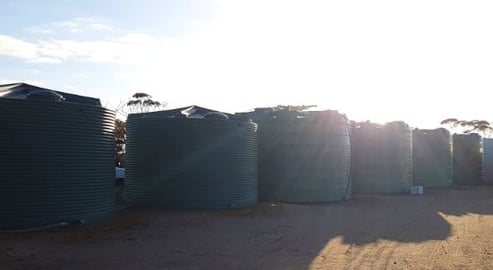
-
Increased rainwater harvesting potential
Having multiple water tanks increases the amount of rainwater you can harvest than if you only had one tank of the same size.
-
Reduced water loss during failure due to modular nature
Should one of the tanks in a multiple tank setup fail, other tanks in the line-up will continue to store water, and thus, provide you with an ongoing water supply. In contrast, a single tank that gets damaged will be completely out of service.
-
Adaptable storage solution
-
A multiple tank setup gives you the option to store high-quality rainwater and lower-quality stormwater separately into different tanks, something you couldn’t do with a single tank alone.
-
If you have multiple structures in different areas around your property, you can utilise each one for rainwater catchment using multiple tanks across different locations and link them all together using a wet harvesting system.
Related article:[Plumbing for Rainwater Harvesting]: Is A Wet Rainwater Harvesting System for You?
-
Expandable storage
You never know when you might need to make changes around your property. With linked storage tanks, you can add or replace another tank in the line-up without sacrificing much of your water storage. Connecting multiple water tanks needs piping and installing several other components, but it’s a system that works well once set-up is done.
Related articles:How to Link Water Tanks Together with Confidence
Every Must-Have Component for Rainwater Harvesting You Should Be Familiar With
-
Suitable for narrow or awkward spaces (with small rainwater tanks)
When it comes to narrow, small or awkward spaces, multiple small tanks would be the best at maximising your rainwater collection. Arranging small rainwater tanks to suit the size and shape of your space is easier to do than squeezing one large tank into the same space.
Advantages of a Single Tank Setup
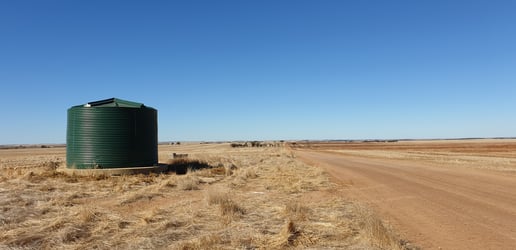
-
Ideal for urgent projects
A single water tank offers the simplest solution for any small-scale development that doesn't need intricate water storage system designs. No coupling or connections across different tanks is needed. -
Practical solution for boxed up spaces
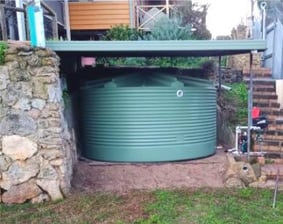
When your space is limited both vertically and horizontally, better one small tank that fits that tight spot than nothing. -
Low-maintenance
Maintaining one single tank is easier and more straightforward than maintaining multiple tanks, which translates to lower maintenance costs.
-
More aesthetic
If you’re all about the look of your property, then a single tank would look less noticeable than multiple rainwater tanks linked together in one spot.
As with any decision, everything depends on your priorities and the trade-offs you’re willing to make. Whichever you choose (multiple tanks over one large tank OR multiple tanks over a single tank), know that you are well on your way to a more productive property with the most versatile and high-quality water storage solutions.
Related topic:
Water Tanks Cost and Pricing Guide
Editor's Note: This post was originally published on October 4, 2018 and has been revamped and updated for the purpose of accuracy and comprehensiveness.



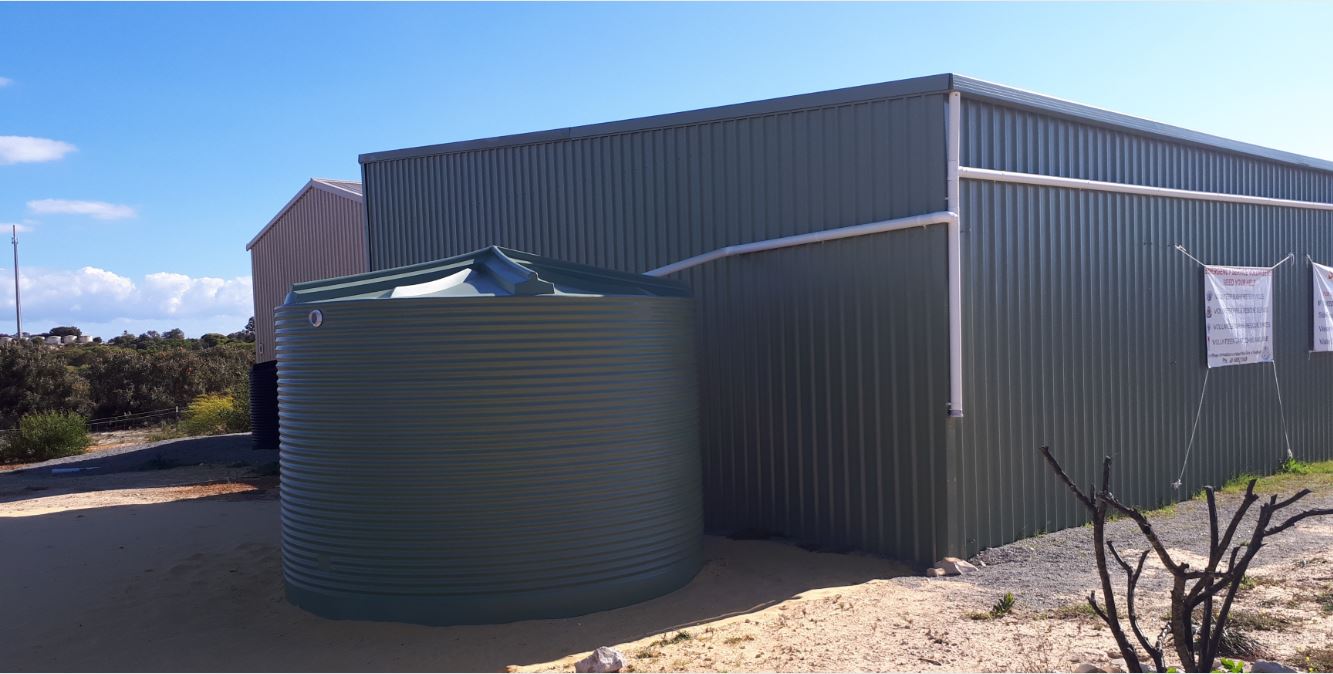
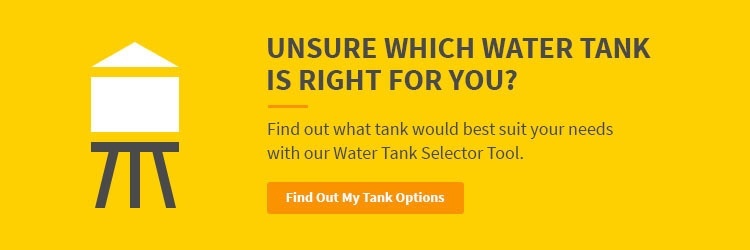

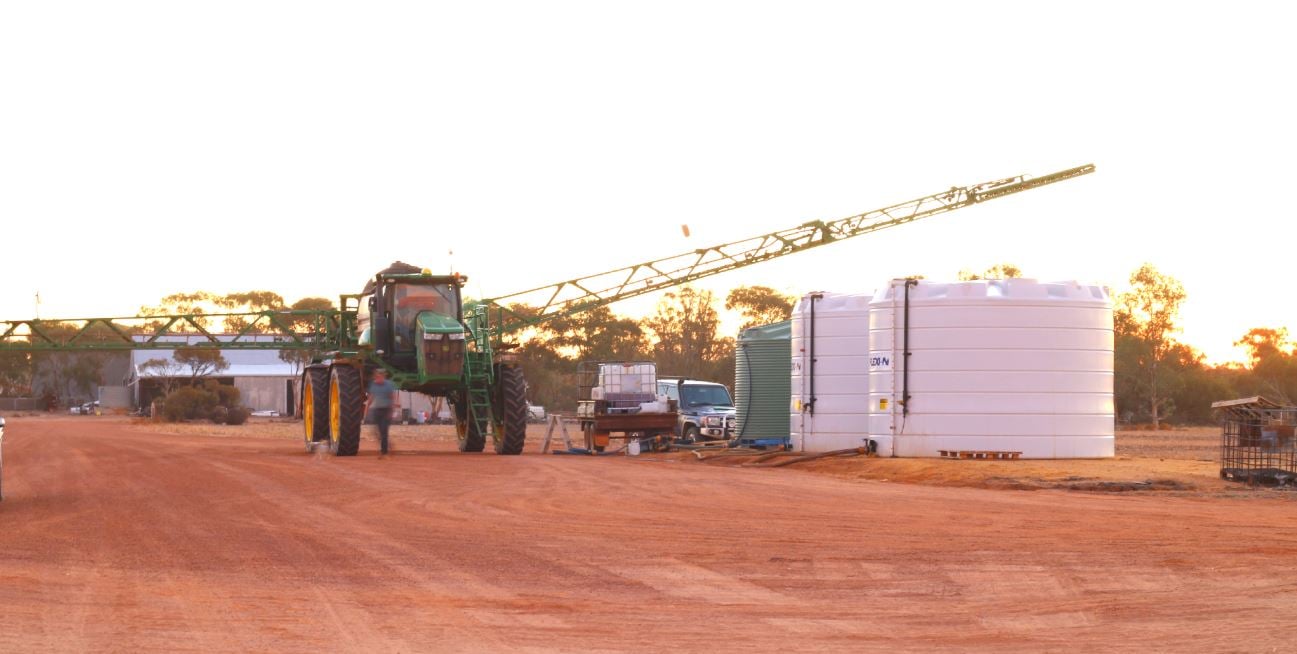

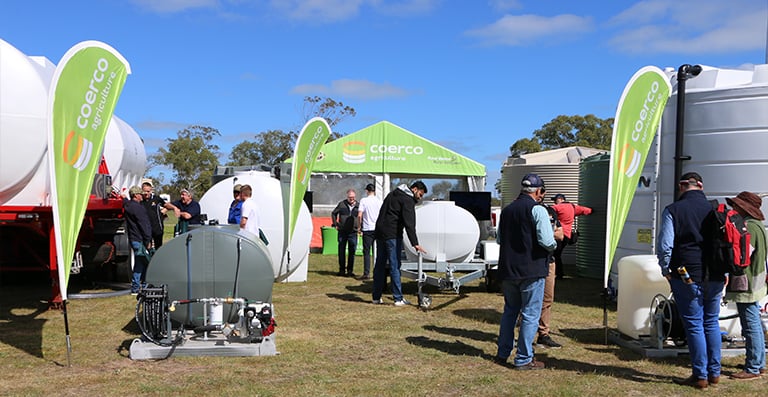
What do you think about this post?
Comments